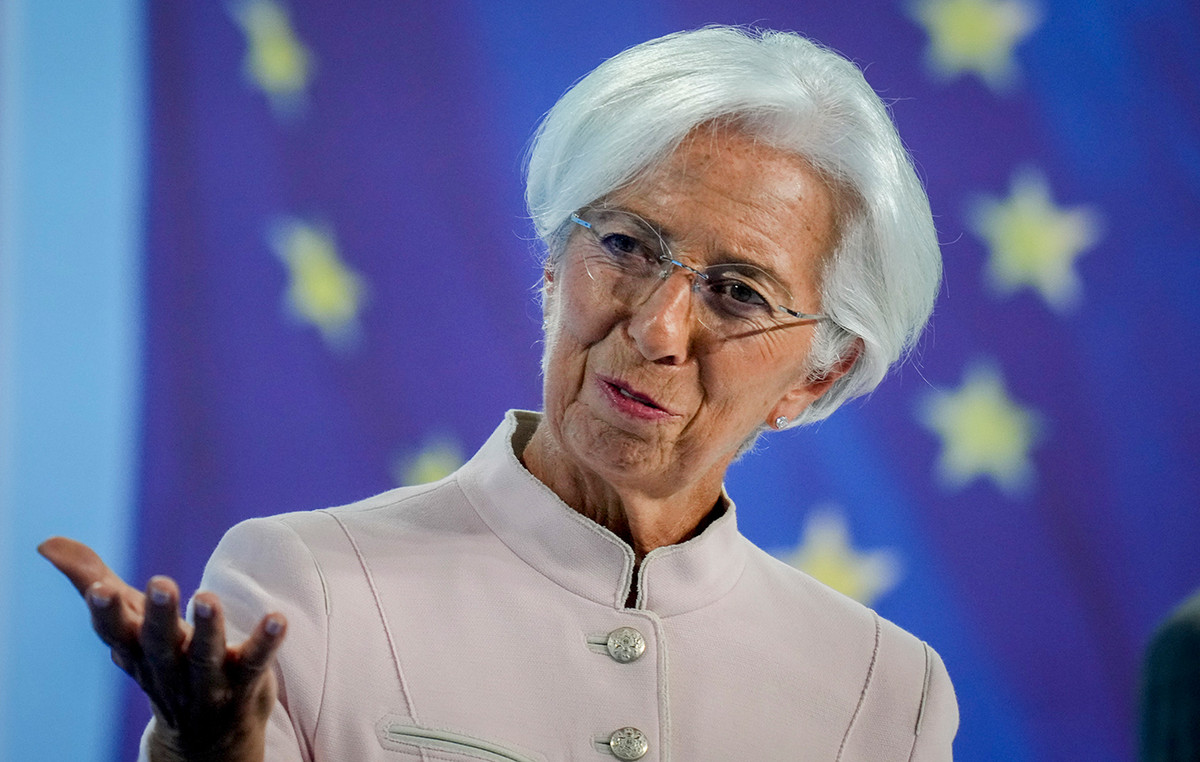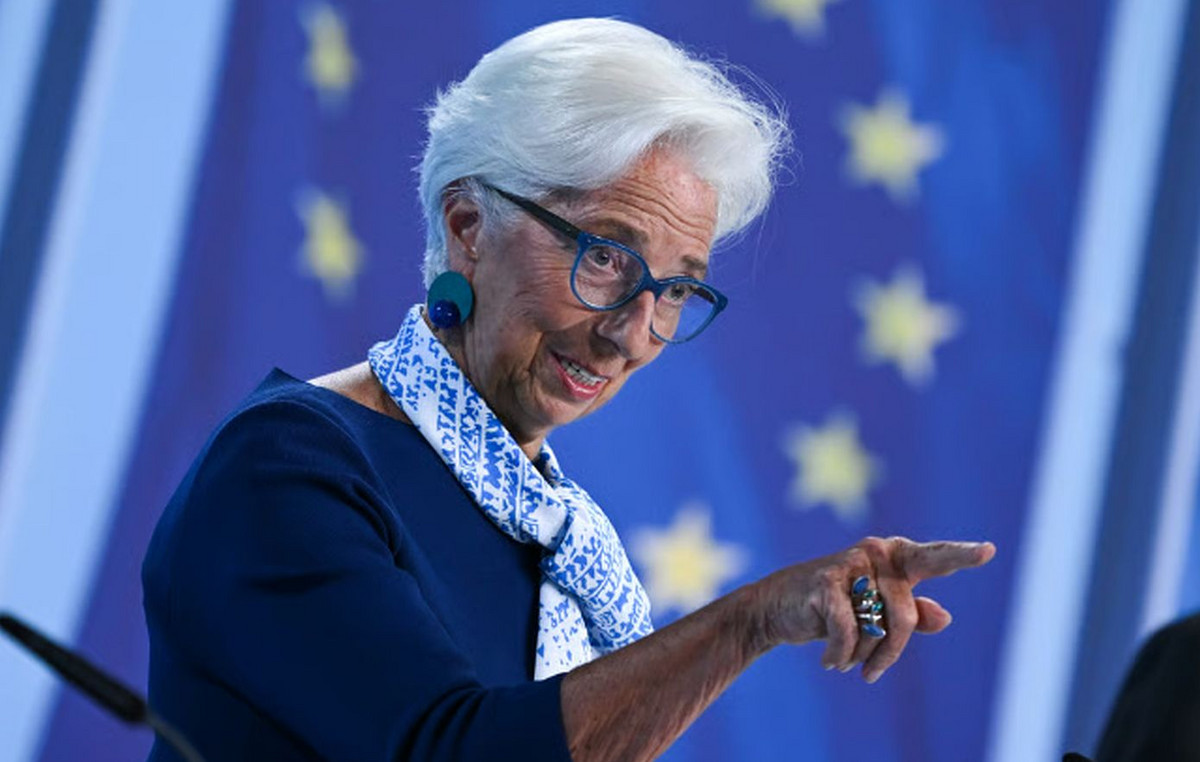- The Dow Jones falls 0.26% in the day, currently quoting 42,024.
- The Nasdaq 100 wins 0.57% daily, led by ARM Holdings (ARM).
- The S&P 500 advances 0.07%, animated by Super Micro Computer (SMCI).
- The vice president of the Federal Reserve, Phillip Jefferson, warned that import tariffs could push up rising prices, which could generate less economic growth.
- The focus of the operators will be on retail sales, weekly applications for US unemployment subsidy and Jerome Powell’s speech, president of the Federal Reserve.
The Dow Jones established a daily maximum in 42,247, finding vendors that brought the index to a minimum of two days in 41,945.
The Dow Jones industrial average began negotiations at 42,158, while the Nasdaq 100 technological index opened at 21,198. The S&P 500 began operating in 5,885, consolidating within the operational range of the previous session.
Amgen and Merck & Company Inc. drag Dow Jones to loss zone
The Dow Jones index loses 0.26% today, reaching minimum of two days in 41,945.
Amgen’s titles (AMGN) slide 2.86% in the day, visiting minimal not seen since January 13 in 261.98 $, spinning its second consecutive day down.
On the other hand, Merck & Company Inc. titles (MRK) fall 2.68% daily, reaching minimal not seen since February 25, 2022 in $ 74.53.
In this context, the Dow Jones falls 109 points, consolidating within the operating range of May 12 in 42,042.
The Nasdaq 100 reaches 11 -week maximum
The Nasdaq 100 technological index wins 0.57% on Wednesday, reaching maximums not seen since February 26 at 21.336.
The Arm Holdings (ARM) titles rebound 5.45% daily, visiting maximums of February 27 at $ 134,97, spinning three consecutive sessions with profits.
In the same tonic, the actions of Advanced Micro Devices (AMD) earn 4.10% on Wednesday, reaching maximum of January 24 at $ 122.52.
The Nasdaq 100 rises 121 points, with a daily gain of 0.57%, currently quoting in 21,311.
The S&P 500 closes with marginal gains before Jerome Powell’s speech
The Vice President of the Federal Reserve, Phillip Jefferson, said he expects less growth due to commercial rhetoric, although he projects that the economy expands throughout the year.
In this sense, the S&P 500 wins 4 points in the day, rising 0.07% today, oscillating within the operational range of the previous session in 5,886.
Super Micro Computer (SMCI) shares advance 15.71% daily, reaching maximums not seen from February 27 in 46.57 $, leading profits in the mocking index.
The attention of investors will be tomorrow over the United States retail sales, the producer price index, the weekly unemployment requests and in the speech of the Federal Reserve, Jerome Powell.
Technical Analysis of Dow Jones
The Dow Jones reacted upwards from a short -term support given by the minimum of April 30 in 39,731. The following key support is 36.614, minimum of April 7. To the north, the closest resistance is located at 42,820, pivot point of March 26.
Dow Jones daily graphics

Dow Jones Faqs
The Dow Jones Industrial Avenge, one of the oldest stock market indexes in the world, consists of the 30 most negotiated values in the United States. The index is weighted by the price instead of capitalization. It is calculated by adding the prices of the values that compose it and dividing them by a factor, currently 0.152. The index was founded by Charles Dow, also founder of the Wall Street Journal. In recent years it has been criticized for not being sufficiently representative, since it only follows 30 companies, unlike broader rates such as S&P 500.
There are many factors that promote the Dow Jones Industrial Average (DJIA) index. The main one is the added performance of the companies that compose it, revealed in the quarterly reports of business benefits. The American and world macroeconomic data also contribute, since they influence investor confidence. The level of interest rates, set by the Federal Reserve (FED), also influences the DJia, since it affects the cost of credit, on which many companies depend largely. Therefore, inflation can be a determining factor, as well as other parameters that influence the decisions of the Federal Reserve.
Dow’s theory is a method to identify the main trend of the stock market developed by Charles Dow. A key step is to compare the direction of the Dow Jones Industrial Avenge (DJIA) and the Dow Jones Transportation Average (DJTA) and just follow the trends in which both move in the same direction. The volume is a confirmation criterion. The theory uses elements of maximum and minimum analysis. Dow’s theory raises three phases of the trend: accumulation, when intelligent money begins to buy or sell; Public participation, when the general public joins the trend; and distribution, when intelligent money abandons the trend.
There are several ways to operate with the DJ. One of them is to use ETF that allow investors to negotiate the DJ as a single value, instead of having to buy shares of the 30 companies that compose it. An outstanding example is the SPDR Dow Jones Industrial Avenge ETF (day). Future contracts on the DJ allow the specular operators about the future value of the index and the options provide the right, but not the obligation, to buy or sell the index at a predetermined price in the future. Investment funds allow investors to buy a part of a diversified portfolio of DJ values, which provides exposure to global index.
Source: Fx Street
I am Joshua Winder, a senior-level journalist and editor at World Stock Market. I specialize in covering news related to the stock market and economic trends. With more than 8 years of experience in this field, I have become an expert in financial reporting.







